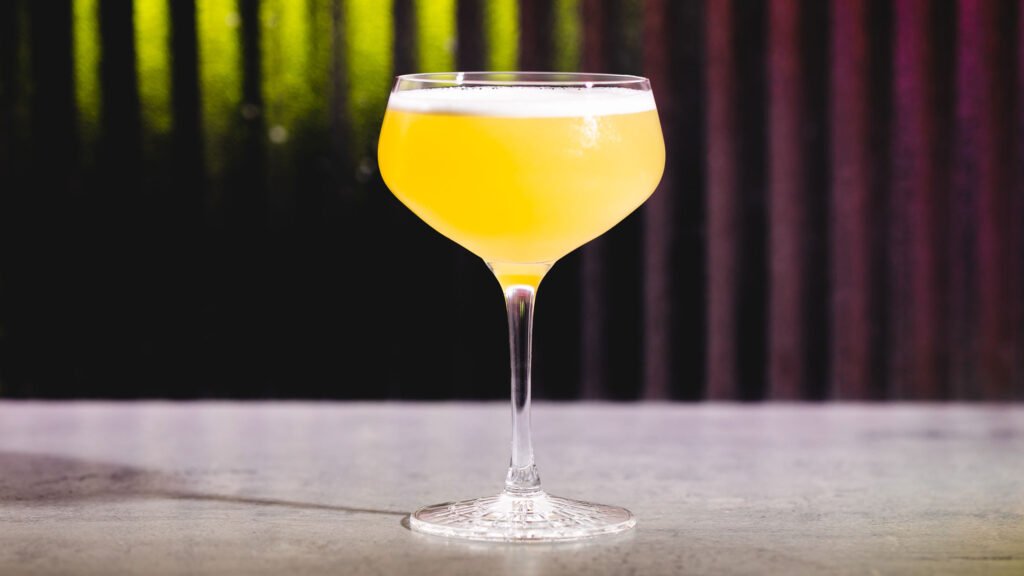[ad_1]
With arid deserts, cool mountain breezes, and an impossibly lengthy shoreline, Chile has a dynamic wine scene that defies viticultural shorthands like “warm-climate” or “high-altitude.” The Central Valley, one of many nation’s most commercially established wine areas, encompasses a number of subregions with distinct terroirs and winemaking identities.
Inside this stretch lies the Maipo Valley, which many contemplate to be the birthplace of Chile’s fashionable wine trade. Flanked by the Andes to the east, and increasing virtually all the best way to the Pacific coast, it has a Mediterranean local weather with heat summers and chilly, moist winters.
In Maipo, Cabernet Sauvignon reigns supreme, joined by equally sturdy reds like Syrah and Carménère. Centuries-old estates like Concha y Toro and Viña Santa Rita craft huge, daring, varietal and blended crimson wines within the space’s numerous alluvial, gravelly, and sandy soils.
The close by Rapel Valley, additionally a part of the Central Valley, is subdivided into the northern Cachapoal and southern Colchagua Valleys. These areas are dwelling to a few of the nation’s “largest and best-known manufacturing vineyards,” says Katherine Hidalgo, co-owner of Bocanaríz, a hip wine bar in Santiago’s Lastarria neighborhood. “Nevertheless, there are additionally some smaller vineyards with natural and biodynamic operations” dedicated to sustainable, site-specific winemaking.
As in different Chilean areas, microclimates in Rapel Valley abound. “Cachapoal usually has fairly excessive temperatures, as do most areas of the Colchagua Valley,” Hidalgo says. “Nevertheless, Colchagua has a small space close to the ocean the place it’s cooler due to the coastal affect.”
These variances form regional viticulture. Whereas Cabernet Sauvignon, Syrah, Merlot, and Carménère comprise some 80 p.c of Rapel Valley wine manufacturing, “it’s potential to provide white wines and more energizing reds” within the low-lying coastal areas, Hidalgo says. In recent times, areas inside the subregion have turn out to be recognized for crisp, cool-climate bottlings of Garnacha, Riesling, Sauvignon Blanc, País, and Pinot Noir.
All through the Central Valley and its subregions, “there’s quite a lot of range in climates—and variety in wine,” Hidalgo says.
5 to Strive
Dagaz Carménère 2018
From coastal Colchagua comes an approachable and stylish expression of Carménère, the France-born crimson wine grape that many contemplate Chile’s signature selection. It has blackberry and currant flavors, plus spices and cedar. The tannic construction and vibrant end give it ample meals pairing potential—attempt it with all the things from cheese boards to roasted root veggies to burgers and past. $19.99, baileysboulder.com
Clos de Luz Garnacha Azuda 2021
Certainly one of Hidalgo’s favorites from Cachapoal, this crunchy, crowd-pleasing Garnacha begins with hand-harvested grapes which can be whole-bunch fermented with indigenous yeasts. Half the juice is aged in previous oak, and the opposite half in clay amphora. The outcomes are impossibly contemporary, with tart crimson cherries, just-picked raspberries, and pleasantly herbaceous flavors, adopted by a grippy, tannic end. $24.97, winechateau.com
Maturana Patel 2020
Created from a co-fermented mix of País, Black Muscat, Sémillon, Riesling, and different crimson and white varieties, this gentle and vibrant crimson comes from Colchagua’s Paredones area. Recent and accessible, it’s the right bottle to convey to a home social gathering or cookout. Serve it with a slight chill and watch it disappear virtually instantly. $28, vintagewines.biz
Vik La Piu Belle 2021
Based in 2004 within the Andean foothills of Cachapoal’s Millahue Valley, Vik rapidly established a substantial following domestically and internationally. Hidalgo is keen on this ageworthy crimson mix made with Carménère, Cabernet Sauvignon, and Cabernet Franc. Recent and complicated, it presents flavors like ripe cherries and blackberries offset by herbaceous eucalyptus and minerally notes. $86.95, buywinesonline.com
Concha y Toro Carmín de Peumo Carménère 2018
For a style of Carménère at its most iconic, Hidalgo recommends this bottling from Concha y Toro’s coveted Peumo Winery, which sits almost 560 ft above sea stage within the Colchagua Valley. Anticipate notes of untamed blueberries and a contact of black pepper in each sip, adopted by velvety tannins on the end. $159.99, discovering.wine
[ad_2]


